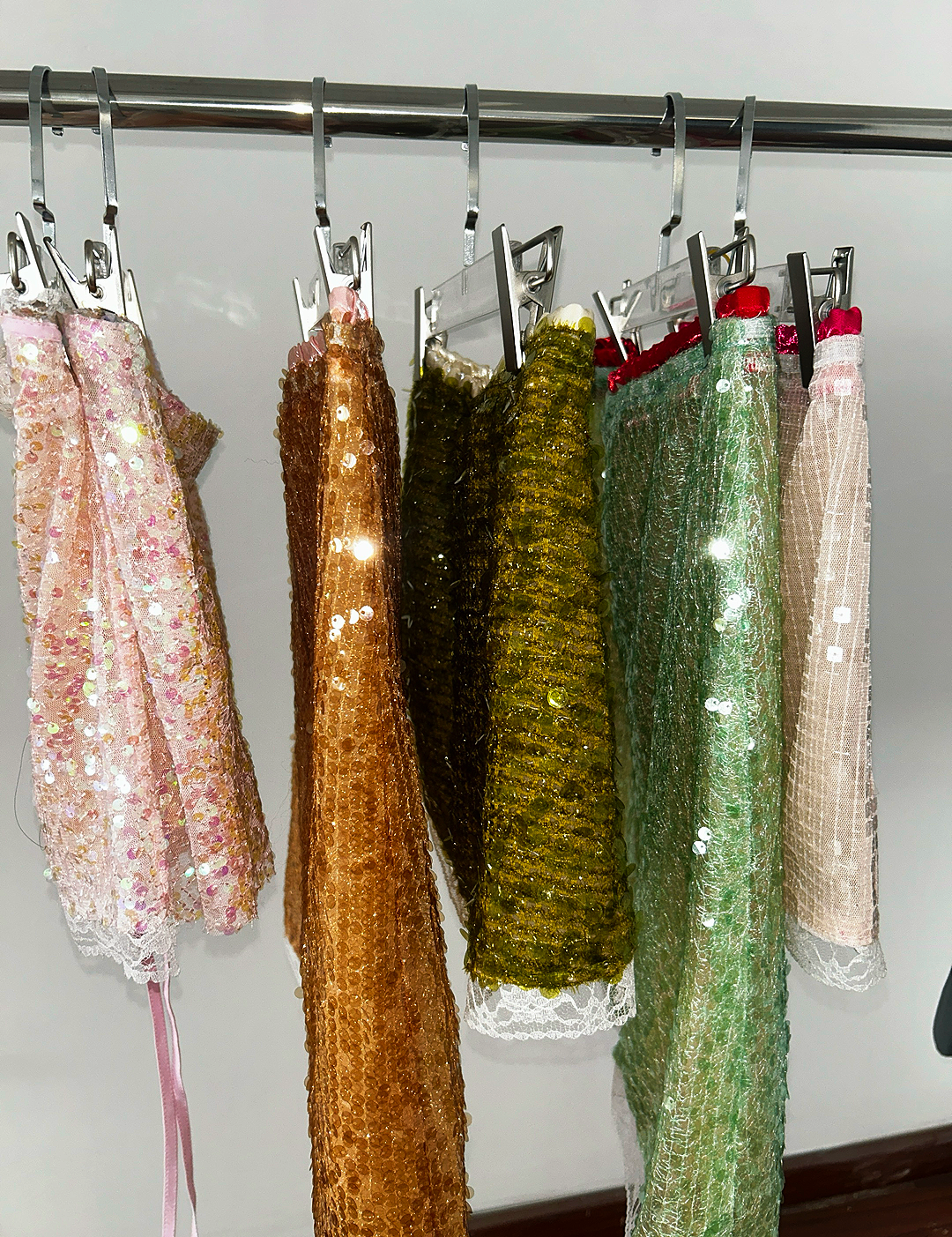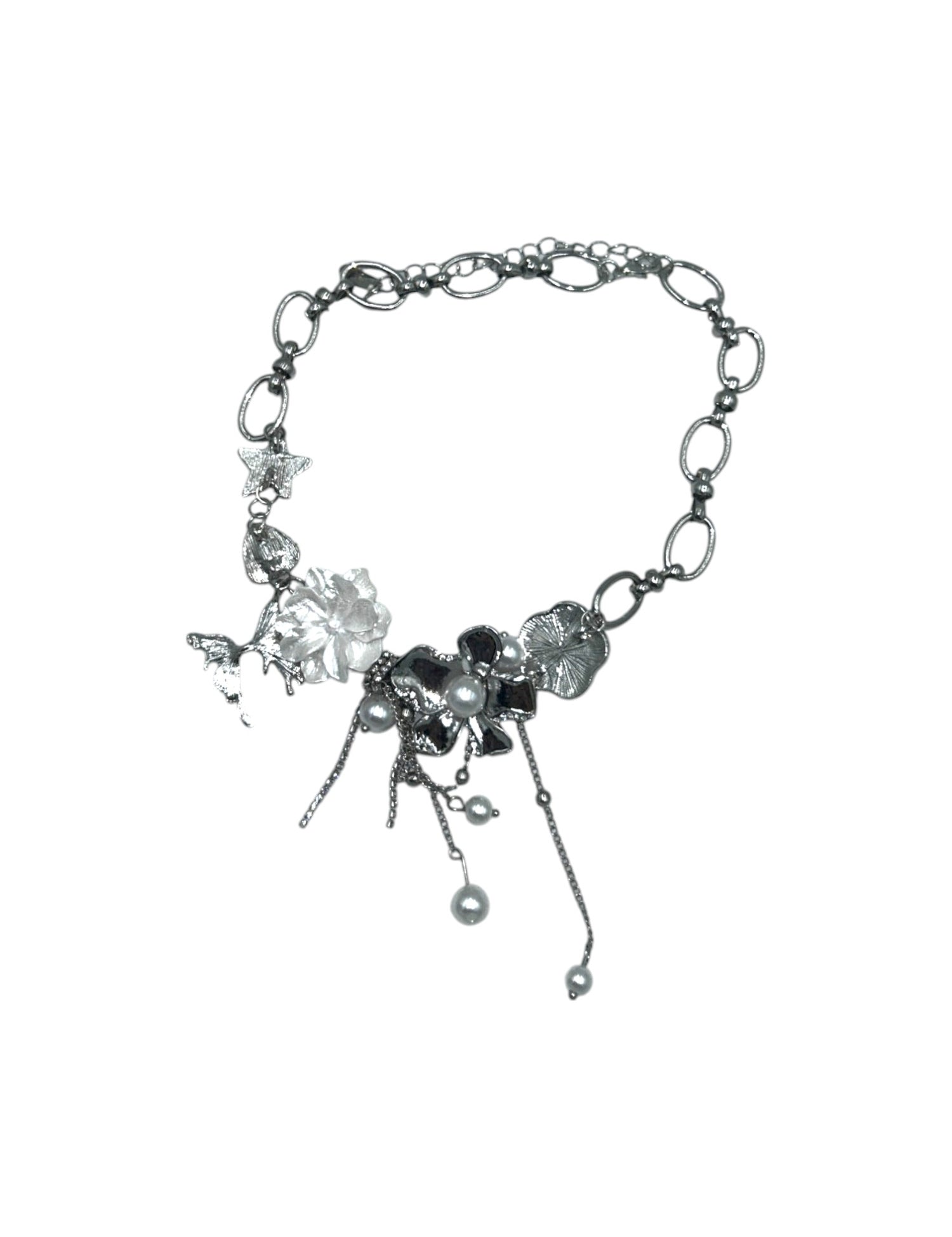Sustainable fashion is no longer just a trend; it has become a movement reshaping how we approach style and consumption. By prioritizing ethical and environmental practices, it allows individuals to make conscious choices that benefit both the planet and its people. In this guide, we explore what defines sustainable fashion and how you can incorporate it into your lifestyle.
What is Sustainable Fashion?
Sustainable fashion focuses on minimizing the environmental and social impact of clothing production and consumption. This involves using eco-friendly materials, ethical labor practices, reducing waste, and promoting durable, timeless pieces. Unlike fast fashion, which encourages mass production and short-lived trends, sustainable fashion advocates for mindful consumerism and responsible manufacturing.
Why is Sustainable Fashion Important?
Environmental Impact
The fashion industry is one of the largest contributors to pollution. However, sustainable practices aim to reduce water consumption, lower carbon emissions, and minimize waste through better production methods.
Ethical Concerns
Many workers in the fashion industry endure poor working conditions and unfair wages. Ethical fashion ensures fair labor practices, promoting safe environments and equitable pay.
Waste Reduction
Fast fashion leads to excessive textile waste as clothes are quickly discarded. By investing in durable, high-quality items, sustainable fashion significantly reduces landfill contributions.
Key Elements of Sustainable Fashion
Eco-Friendly Materials
Sustainable clothing often incorporates organic cotton, hemp, bamboo, and recycled fabrics. These materials require fewer resources and are biodegradable, making them a better alternative to conventional textiles.
Slow Fashion
Unlike fast fashion, slow fashion emphasizes quality over quantity. It promotes timeless designs and long-lasting wear, ensuring clothing remains in circulation for years rather than months.
Local Production
Supporting locally made garments not only reduces carbon footprints but also strengthens local economies. Additionally, shorter supply chains help minimize transportation emissions.
Upcycling and Recycling
Another crucial aspect is repurposing old garments into new designs or utilizing existing materials to create fresh pieces. This reduces textile waste and extends the lifespan of clothing.
How to Embrace Sustainable Fashion
Invest in Quality
Rather than frequently replacing cheaply made items, opt for well-constructed, long-lasting pieces that withstand wear and tear.
Support Ethical Brands
Before making a purchase, research brands committed to ethical and sustainable practices. Many companies provide transparency regarding their production methods and sourcing.
Secondhand Shopping
Thrift stores, vintage boutiques, and online resale platforms offer stylish, eco-friendly alternatives. Shopping secondhand not only reduces waste but also gives garments a second life.
Repair and Upcycle
Instead of discarding damaged clothing, consider repairing or repurposing them into new styles. This extends their usability while minimizing unnecessary waste.
Mindful Consumption
A key principle of sustainable fashion is buying only what you truly need. Focus on versatile wardrobe staples that can be styled in multiple ways to reduce excessive purchases.
Sustainable Fashion Brands to Know
Patagonia
A pioneer in sustainability, Patagonia is committed to ethical manufacturing and environmental responsibility.
Everlane
Everlane is known for its radical transparency, offering high-quality clothing made from sustainable materials.
Reformation
This brand combines eco-friendly practices with trendy, stylish designs, proving that sustainability and fashion can coexist.
Stella McCartney
A leader in luxury sustainable fashion, Stella McCartney’s brand champions cruelty-free, ethical fashion choices.
Challenges in Sustainable Fashion
Higher Costs
Sustainable materials and ethical production processes often come with a higher price tag. However, investing in quality pieces saves money in the long run by reducing frequent replacements.
Greenwashing
Some brands falsely claim to be sustainable without real accountability. To avoid greenwashing, consumers should look for certifications and detailed transparency reports.
Limited Accessibility
Sustainable fashion is not yet widely available in all regions. However, online marketplaces and global shipping have made ethical brands more accessible than before.
Future of Sustainable Fashion
Innovations such as biodegradable fabrics, digital fashion, and AI-driven design are transforming the industry. Additionally, collaboration between consumers, brands, and governments will continue shaping a more sustainable fashion landscape.
Conclusion
Sustainable fashion is more than just a preference—it is a responsibility. By understanding its core principles and making mindful choices, you contribute to a healthier planet and a fairer industry. Start embracing sustainable fashion today and redefine your style with purpose.
🛍️ Shop the Collection Now
Visit Arrisco to explore and shop. Want a closer look? Follow us on Instagram @shoparrisco for exclusive behind-the-scenes peeks, styling tips, and more!



































